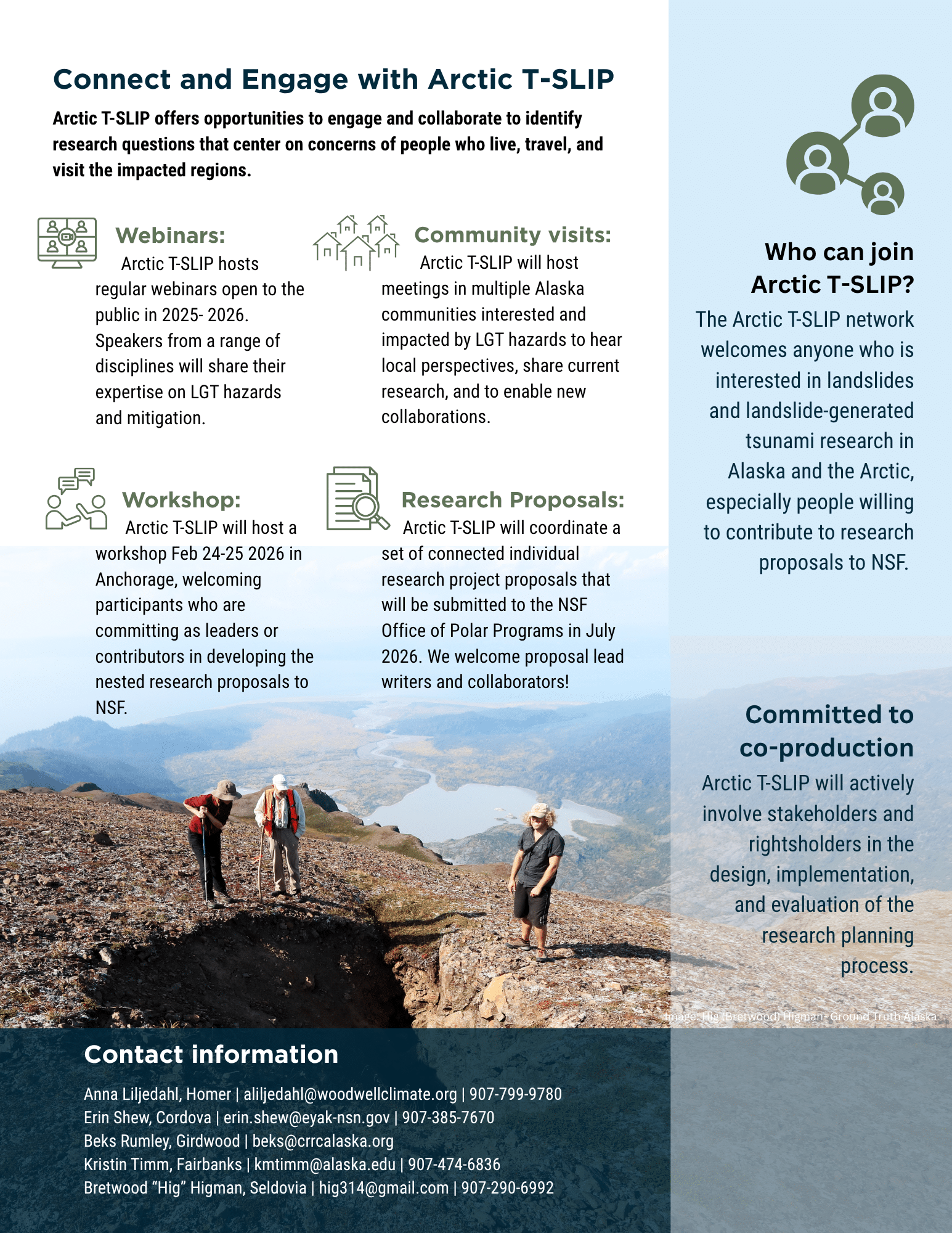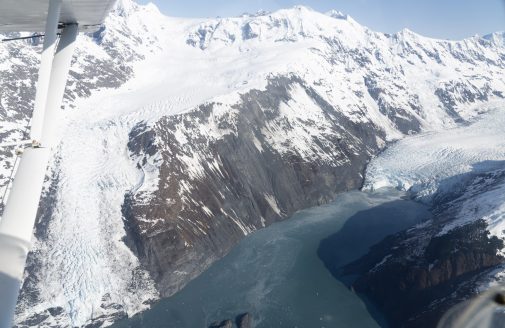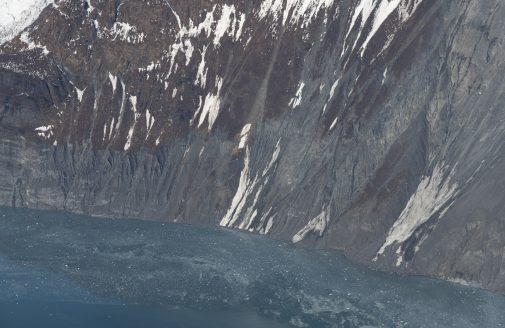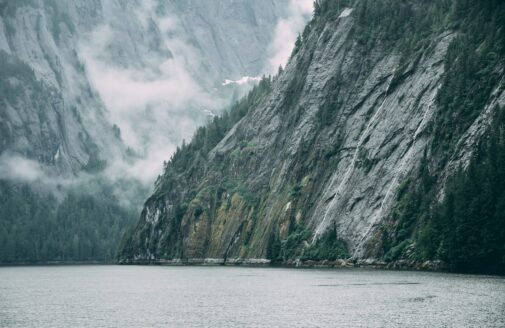Photo by Chris Zimmerman, USGS
Arctic T-SLIP is supported by a 2-yr planning grant by the Office of Polar Programs at the National Science Foundation, awards #2338010, 2338012, & 2338011 and Woodwell Climate Research Center’s Fund for Climate Solutions
Landslides are a massive disturbance in terrestrial ecosystems—but along coastlines, the movement of tons of rock and soil into the water can generate tsunamis, posing life-threatening risks to nearby communities. Unfortunately, thawing permafrost and glacial melt have increased the potential for these types of dangerous events.
Our work
Arctic T-SLIP brings together experts from academia, government agencies, and local communities to increase our understanding and preparedness of landslide-generated tsunamis in regions affected by thawing permafrost and/or melting glaciers. It is our mission to:
- Foster connections among a diverse group of people that are all interested in landslide and landslide-generated tsunami hazards;
- Generate a shared understanding of these hazards in cryosphere-affected regions; and
- Facilitate collaboration to identify and frame research needs, so that together we can build a foundation for future projects and actionable solutions.
The partnership evolved from a group of scientists discovering the large unstable slope in Barry Arm, Prince William Sound, Alaska in the spring of 2020. The discovery spurred the federal government to fund investigations into the hazard by increasing the USGS’ national landslide program funds. The State of Alaska also established a monitoring program and a website to inform and update the public.
Planning Project Goal
By the end of 2026, Arctic T-SLIP will coordinate a nested group of individual research proposals to the NSF Office of Polar Programs (via their Large Project Support) on landslides and landslide-generated tsunami hazards. This will include:
- Identifying research needs that can support hazard assessment and management from the local to national scales;
- Coordinating research ideas & resources; and
- Finding project leads for respective research proposals and building research project teams
Arctic T-SLIP welcomes new collaborators. Please submit your interest here to join. Activities in 2025 and 2026 will include monthly webinar series, community visits, and workshops.
Research area


This material is based upon work supported by the U.S. National Science Foundation under Award Nos. 2338010, 2338012, and 2338011. Any opinions, findings, conclusions or recommendations expressed in this material are those of the author(s) and do not necessarily reflect the views of the National Science Foundation.







